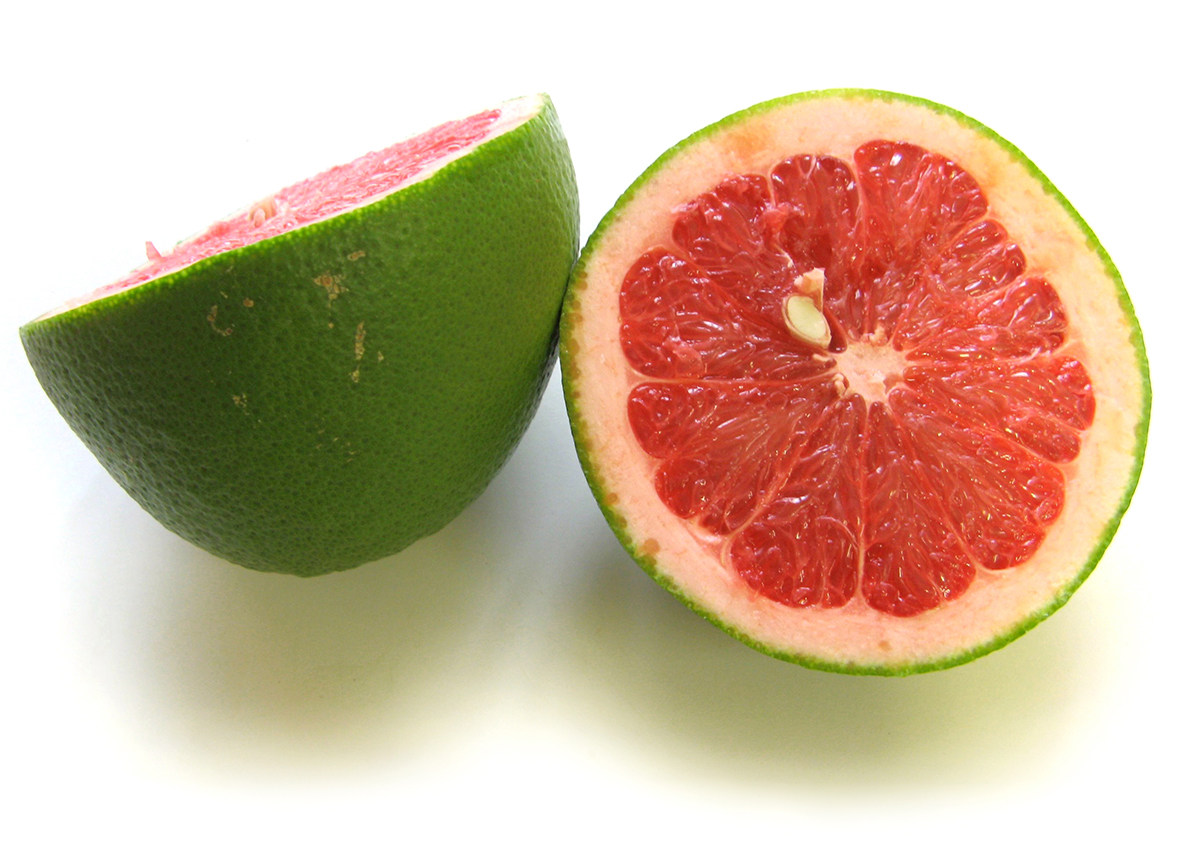

For example, grapefruit flower extract is sometimes used for insomnia, while grapefruit leaf essential oils are used for antibiotic benefits, notes Purdue. Some people also use the wood from grapefruit trees for firewood, furniture, and flooring, per Purdue.Īs far as other health claims around grapefruit go, some people use grapefruit seed extracts and essential oils with the hope of treating medical ailments. Grapefruit is also used in the farming industry, primarily for pigs and cattle.
1 GRAPEFRUIT CALORIES SKIN
Research suggests antioxidants help your skin by reducing free radical damage that can lead to premature aging, which shows up on the skin as wrinkles, sagging, or dullness. The high antioxidant content of grapefruit has made it a popular ingredient in beauty products.

It may also help support your immune system and reduce the likelihood of a cold, per the NIH. Research has shown vitamin C plays a role in fending off chronic diseases, including certain types of cancer, cataracts, and heart disease. Because vitamin C is water soluble, any excess C in the body is removed in the urine, and this can occur after just one grapefruit.Īdequate vitamin C is also important to help prevent long-term health issues. Pregnant and breastfeeding women need even more than nonpregnant women, but not more than 90 mg. In considering these basic body functions, the NIH recommends most adults get between 75 and 90 mg of vitamin C per day. Nerve communication and muscle movement.Collagen maintenance to reduce signs of premature aging.As the National Institutes of Health notes, this water-soluble nutrient is important for: Like other citrus fruits, such as oranges and tangerines, grapefruit is an excellent source of vitamin C. According to Purdue, some reports found that grapefruit was the fourth most popular fruit or vegetable among metropolitan New Yorkers in the 1980s.

More people began consuming grapefruit the 1970s largely because of its status as a “diet food.” As a result, grapefruit grew exponentially in popularity across the country. Today, it can be found in other subtropical warm climates, including Texas, Arizona, and California.

commercial grapefruit was grown in Florida after enjoying a brief period as a novelty plant. It was originally popularized in the West Indies before making its way to the United States, per Purdue. Grapefruit trees are now grown in many parts of the United States, but the modern grapefruit we know today may have evolved from a hybrid that originated in Jamaica. Each cluster on the tree produces 12 to 20 grapefruits at a time, Purdue notes. The fruit they yield looks nothing like a grape: It has a yellow or blush rind with pulp that may be yellow, a very light pink, or a darker, deeper red. The trees have dark green leaves and can grow up to 20 feet tall. They tend to flourish in more tropical climates and when planted in sandy soil. Grapefruit, like other citrus fruits, grows on trees. The grapefruit goes by the scientific name Citrus paradisi, per Purdue University. It belongs to the Rutaceae family, known for edible fruit and aromatic leaves, according to Encyclopaedia Britannica. Whether you eat grapefruit for breakfast or turn to it for a refreshing snack, this bittersweet citrus fruit is a staple in many American households.


 0 kommentar(er)
0 kommentar(er)
